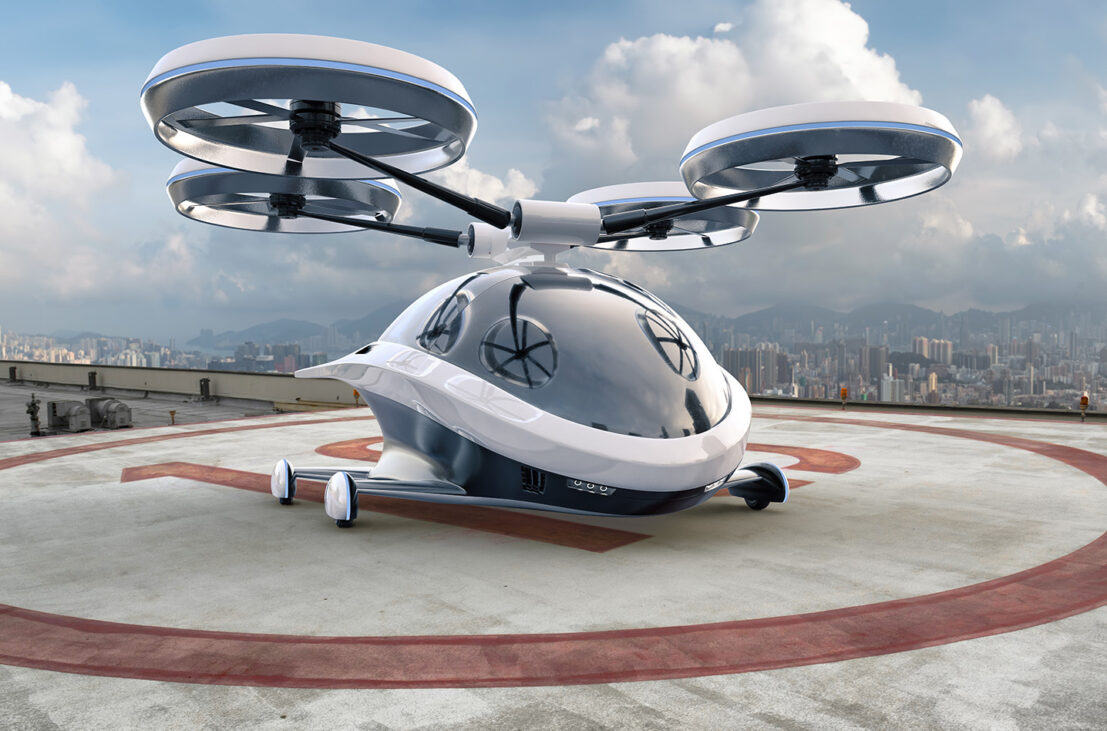
Jan. 17, 2024
NBAA, together with association partners, collaboratively submitted comments on the proposed changes to the FAA’s definition of “aeronautical activity.”
The definition is intended, as a matter of policy, to provide guidance regarding the types of activities that are entitled to access at federally funded airports. The associations cautioned the FAA that its proposed changes to the definition may have unintended consequences, create unnecessary complications and negatively impact interfacing facets of FAA oversight, including the Airport Compliance Manual and policies related to Aeronautical Activity.
The associations point to two key concerns with the proposed change: the addition of advanced air mobility (AAM) as a separately named activity and the addition of uncrewed aircraft systems (UAS), but with the exclusion of recreational UAS activity. The associations assert that AAM and UAS activities are inherently included in the existing definition of aeronautical activity and should not be identified separately, as well that distinctions should not be made between commercial and recreational activities.
The current overall definition of an aeronautical activity is: “Any activity that involves, makes possible, or is required for the operation of aircraft or that contributes to or is required for the safety of such operations.”
The associations contend that definition already encompasses AAM aircraft as the current language does not discriminate against aircraft based on type certification, powerplant, type of propulsion or the kind of fuel used (i.e., carbon-based, electric, hydrogen or other).
AAM aircraft will be used for “general and corporate, air taxi and charter,” as well as other types of operations already incorporated in the current definition, operating under current rules. AAM aircraft will be FAA-certificated aircraft, operating under the same rules and procedures as the aircraft currently in the National Airspace System.
In comments to the agency, the associations said, “The purpose – and consequences – of uniquely adding AAM, but not other types of aircraft, to the definition is uncertain.”
Further, NBAA and its partners said inclusion of commercial, but not recreational, UAS activities puts an undue burden on airport sponsors to determine whether an activity is recreational, and further creates a “slippery slope” to potentially justify the ban of existing recreational aviation uses of airports beyond UAS and appears to exceed the FAA’s authority.
In closing, the associations summarized their concerns by saying, “We caution against any future revisions to the definition that may value certain aeronautical activities over others, solely based on their purpose.”
“NBAA appreciates that the FAA is taking the initiative to make changes and keep up with the rapidly moving industries of AAM and UAS,” said Alex Gertsen, CAM, NBAA’s director of airports and ground infrastructure. “While we believe no change is needed in this case, we appreciate being able to explore the need for change and commend the FAA for leading this effort as we advance emerging technologies.”
The Aerospace Industries Association, National Air Transportation Association, U.S. Parachute Association and Vertical Flight Society collaborated with NBAA on these comments.
Review Docket Number FAA–2023–1739 Policy on the Definition of Aeronautical Activities.


 International Business Aviation Council Ltd.
International Business Aviation Council Ltd.